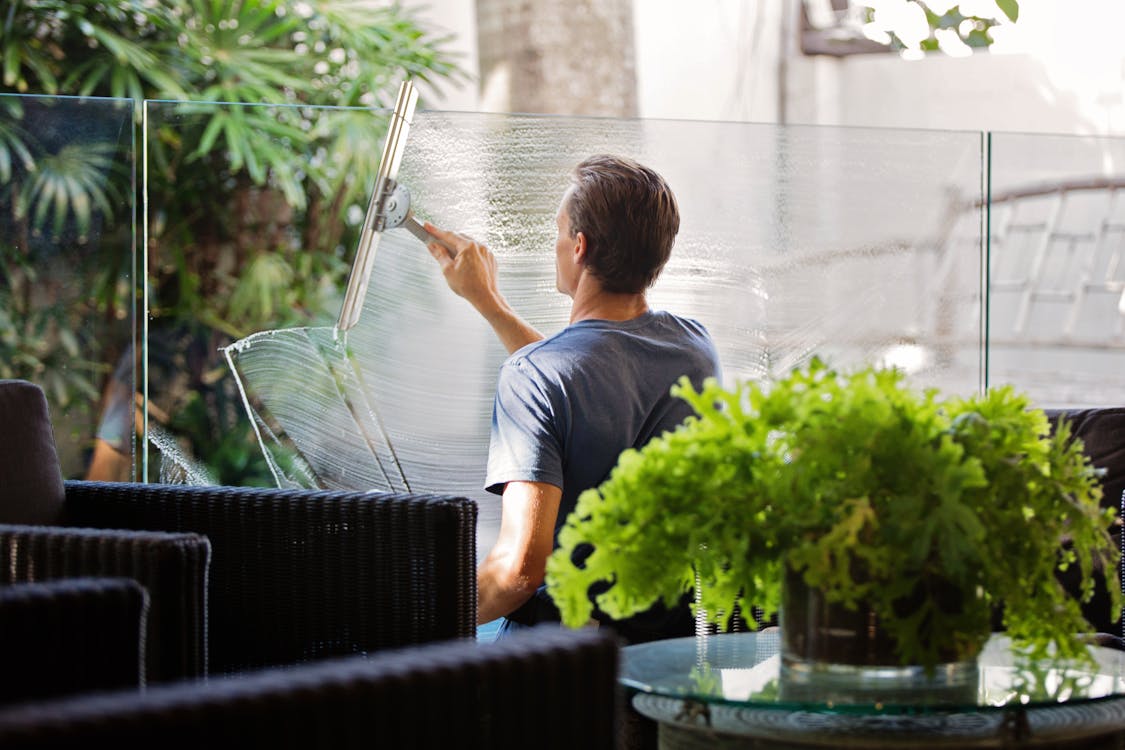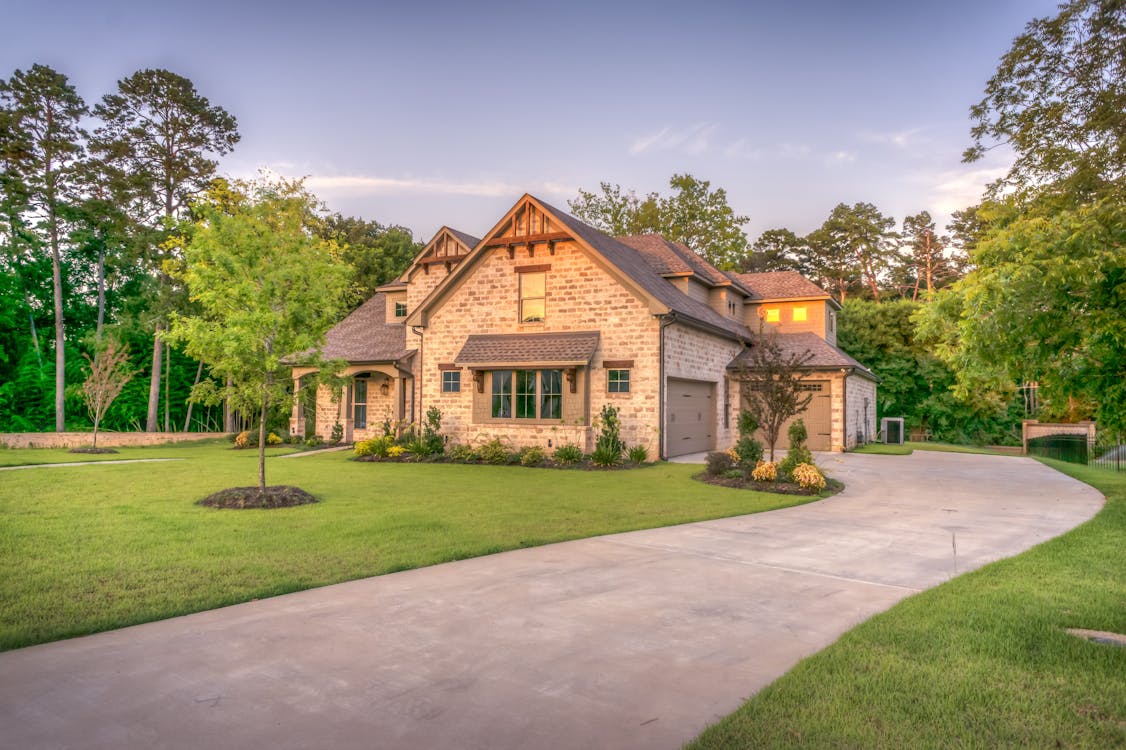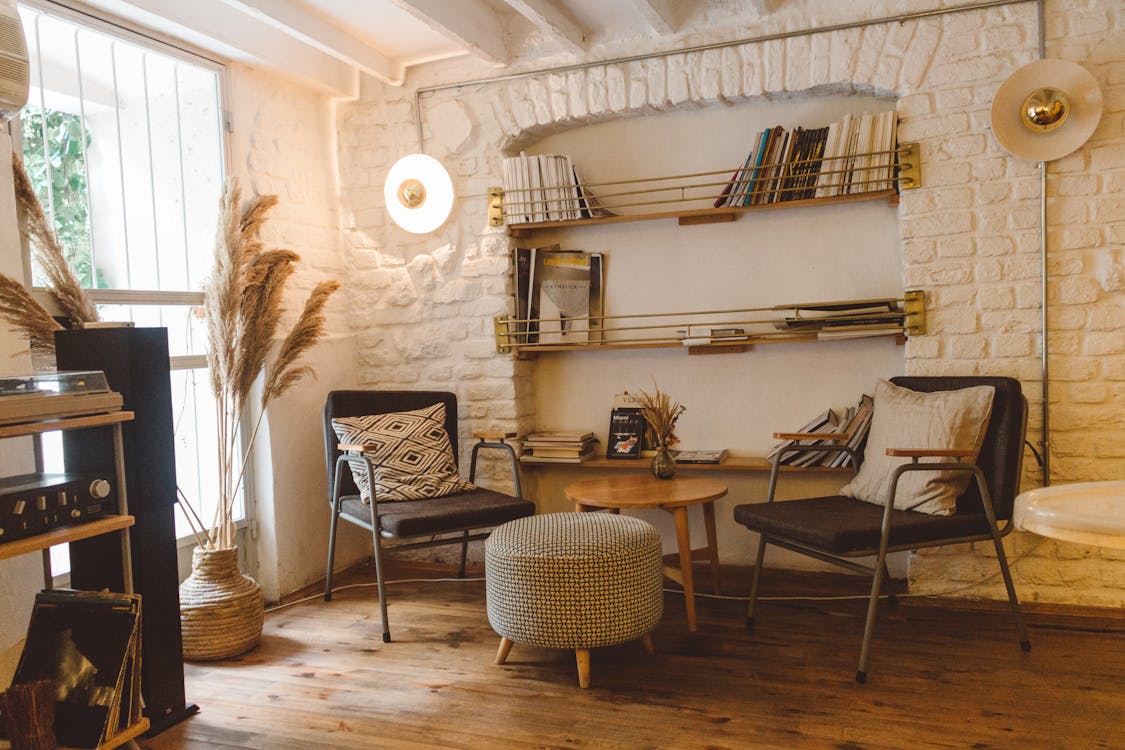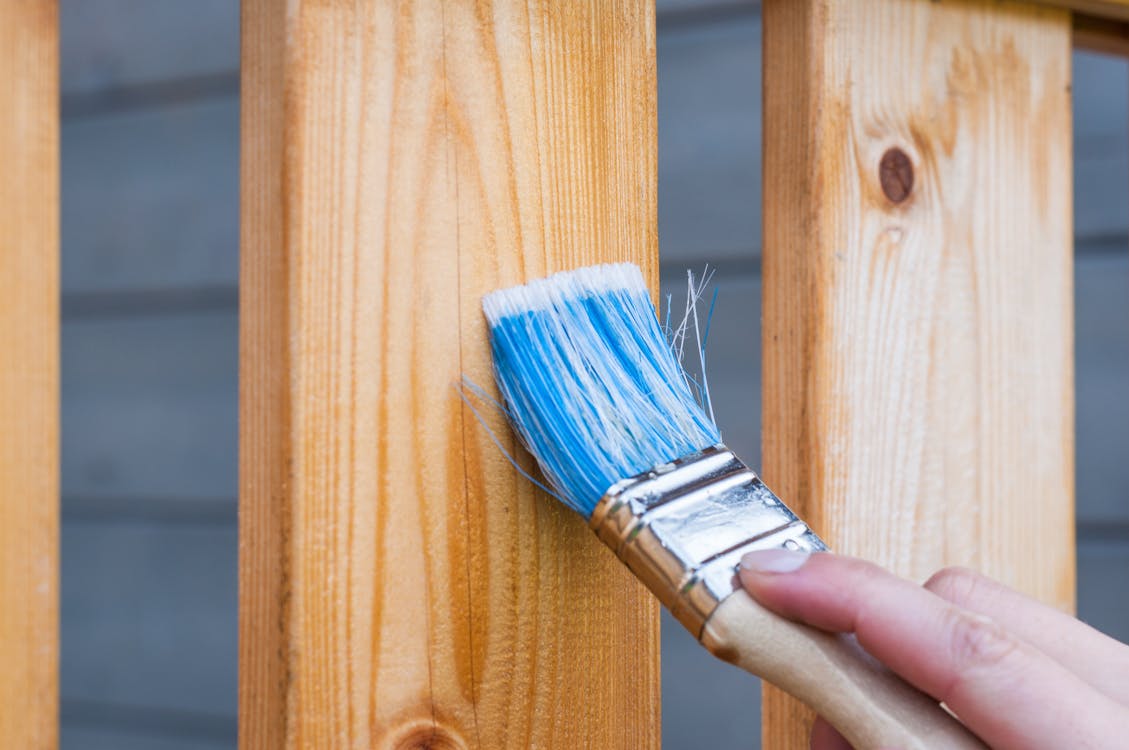Paint & Wallpaper Area Calculator
Calculate the surface area for painting or wallpapering based on wall dimensions and openings to estimate the required quantity.
※ Use if necessary
Paint & Wallpaper Area Calculator
Determine the total area to be covered with paint or wallpaper based on wall dimensions and openings such as doors or windows.
These results are for reference only and were developed for educational and testing purposes. You can also directly access and review the source code, including the logic and free APIs used on this page.
Calculation Results
The Ultimate Guide to Using a Paint & Wallpaper Area Calculator: Plan Your Wall Project with Precision
Transforming your home with a fresh coat of paint or stylish wallpaper can dramatically enhance its aesthetic appeal, but accurately estimating the materials needed is essential to avoid overspending or running short during your project. The Paint & Wallpaper Area Calculator is a user-friendly tool designed to help homeowners, DIY enthusiasts, and professionals calculate the exact surface area requiring paint or wallpaper, accounting for wall dimensions and openings like doors and windows. This comprehensive guide provides detailed instructions on using the calculator, explains the underlying calculations, offers insights into material requirements, and shares expert tips to ensure your painting or wallpapering project is a success, whether you’re refreshing a single room or revamping an entire home.

How to Use the Paint & Wallpaper Area Calculator: Step-by-Step Instructions
The Paint & Wallpaper Area Calculator simplifies the process of estimating the surface area for your project, ensuring you purchase the right amount of paint or wallpaper. Follow these detailed steps to achieve accurate results tailored to your specific needs:
- Measure Wall Width: Use a tape measure or laser measuring device to determine the total width of the wall in feet or meters, ensuring precision by measuring twice to confirm accuracy.
- Measure Wall Height: Record the height of the wall in the same unit as the width, typically from floor to ceiling, double-checking to avoid errors that could skew your calculations.
- Enter Opening Width (Optional): Input the combined width of any openings, such as doors or windows, that will not be painted or wallpapered, to subtract from the total area.
- Enter Opening Height (Optional): Provide the combined height of these openings to ensure accurate subtraction from the wall’s surface area.
- Select Unit Type: Choose between feet or meters to align with your measurement system and material supplier specifications.
- Select Coverage Type: Specify whether you’re calculating for paint or wallpaper, as each has different coverage rates and material requirements.
- Click Calculate: Press the “Calculate Area” button to generate a detailed report of the net area to be covered and estimated material quantities.
Practical Example: For a wall measuring 12 feet wide by 8 feet high with a 3 ft x 7 ft window, the calculator determines a total wall area of 96 sq ft, subtracts the window area of 21 sq ft, and estimates a net area of 75 sq ft, requiring approximately 0.21 gallons of paint for one coat (based on 350 sq ft per gallon) or 2 rolls of wallpaper (based on 56 sq ft per roll).

Understanding Coverage Calculations: The Math Behind the Tool
The Paint & Wallpaper Area Calculator uses precise formulas to determine the net area requiring coverage, accounting for wall dimensions and any openings that reduce the surface area to be painted or wallpapered. Understanding these calculations helps you trust the results and plan your project with confidence.
Total Wall Area
Formula: Total Wall Area = Width × Height
- Calculates the entire surface area of the wall in square feet or square meters based on the dimensions you provide, serving as the starting point for further calculations.
- Ensures consistency by using the same unit of measurement for both width and height, aligning with supplier specifications.
- Example: A wall 15 feet wide by 10 feet high has a total area of 150 square feet, forming the basis for material estimates.
Opening Area
Formula: Opening Area = Width × Height
- Determines the combined area of openings, such as doors or windows, that will not require paint or wallpaper, reducing the total area to be covered.
- Calculated only if you provide opening dimensions, ensuring flexibility for walls without openings or with multiple features.
- Example: A door measuring 3 feet wide by 7 feet high has an opening area of 21 square feet, which is subtracted from the total wall area.
Net Area to Cover
Formula: Net Area = Total Wall Area - Opening Area
- Represents the final surface area requiring paint or wallpaper, providing a precise estimate for material calculations.
- Serves as the foundation for determining the quantity of paint or wallpaper rolls needed, ensuring you purchase only what’s necessary.
- Example: A 150 sq ft wall with a 21 sq ft opening results in a net area of 129 square feet to be painted or wallpapered.
Estimating Material Quantities: How Much Paint or Wallpaper Do You Need?
Once the net area is calculated, the tool estimates the amount of paint or wallpaper required based on standard coverage rates, helping you plan your purchases accurately and avoid shortages or excess materials during your project.
Paint Requirements
Paint quantities are estimated using an average coverage rate, which varies by product but is typically standardized for general planning purposes.
- Formula: Paint Needed = Net Area / Coverage Rate (typically 350 sq ft per gallon or 8.6 sq m per liter).
- Assumes a single coat; for multiple coats, multiply the result by the number of coats needed, depending on the paint type and desired opacity.
- Example: A net area of 129 sq ft requires approximately 0.37 gallons of paint for one coat (129 ÷ 350), which you may need to double for two coats.
Wallpaper Requirements
Wallpaper quantities are calculated based on the coverage provided by a standard roll, accounting for the need to purchase whole rolls for practical application.
- Formula: Rolls Needed = Net Area / Coverage per Roll (typically 56 sq ft or 5.2 sq m per roll).
- Results are rounded up to the nearest whole roll to ensure sufficient material, as partial rolls cannot be used effectively.
- Example: A net area of 129 sq ft requires approximately 3 rolls of wallpaper (129 ÷ 56 = 2.3, rounded up to 3).

Key Factors Influencing Paint and Wallpaper Calculations
Several variables can affect the accuracy of your material estimates, impacting both the quantity needed and the overall cost of your painting or wallpapering project. Understanding these factors allows you to plan more effectively and avoid unexpected expenses.
Surface Condition and Texture
The condition and texture of your walls can significantly influence the amount of paint or wallpaper required, as uneven or porous surfaces often demand additional materials.
- Irregular or textured surfaces, such as stucco or brick, absorb more paint or require extra wallpaper to cover imperfections, increasing material usage.
- The calculator assumes smooth, flat walls, so you may need to adjust estimates manually for textured surfaces or consult a professional for accurate assessments.
- Tip: Apply a primer to porous or uneven walls before painting to improve coverage and reduce the amount of topcoat needed.
Waste and Overlap Considerations
Waste from cutting wallpaper or over-painting edges can increase material requirements, particularly for intricate designs or complex room layouts.
- Wallpaper projects typically require 10%-15% extra material to account for pattern matching, trimming, and errors during installation.
- Paint projects may need additional material for touch-ups or to cover edges, especially when working with bold colors or large surfaces.
- Tip: Add a 10%-15% buffer to your calculator results to ensure you have enough material for waste and unforeseen challenges.
Multiple Coats of Paint
Applying multiple coats of paint is often necessary to achieve full coverage, especially when using light colors over dark surfaces or low-quality paints.
- Double or triple the paint estimate if multiple coats are required, depending on the paint’s opacity, wall color, and surface condition.
- Check the paint manufacturer’s specifications for coverage rates and recommended coats to ensure accurate planning.
- Tip: Test a small area to determine if one, two, or three coats are needed, particularly when transitioning between contrasting colors.

Paint and Wallpaper Cost Trends in 2025: Budgeting for Your Project
The cost of paint and wallpaper varies based on quality, brand, and regional market conditions, making it essential to research current prices to create an accurate budget for your project. Below, we outline typical cost ranges for 2025 to help you plan effectively and avoid unexpected expenses.
Paint Costs
Paint prices depend on the type, finish, and brand, with premium options offering better coverage and durability.
- Cost Range: $20-$70 per gallon, with basic latex paints at the lower end and high-quality, eco-friendly, or specialty paints at the higher end.
- Factors Affecting Cost: Premium finishes like semi-gloss or satin, low-VOC formulas, and designer brands significantly increase prices.
- Example: For a 129 sq ft wall requiring two coats, you’d need about 0.74 gallons (129 ÷ 350 × 2), costing $15-$52 depending on the paint quality.
Wallpaper Costs
Wallpaper prices vary by material, design complexity, and roll size, with custom or luxury options commanding higher prices.
- Cost Range: $20-$100 per roll, with basic vinyl wallpapers at the lower end and designer or textured wallpapers at the higher end.
- Factors Affecting Cost: Intricate patterns, premium materials like grasscloth, or custom designs increase costs significantly.
- Example: For a 129 sq ft wall requiring 3 rolls, the cost would be $60-$300, depending on the wallpaper’s quality and design.
Important Note: These costs cover materials only and exclude labor, which typically ranges from $1-$3 per square foot for painting and $2-$5 per square foot for wallpapering, depending on complexity and location.
Expert Tips for Accurate Paint and Wallpaper Estimates
Achieving precise results with the Paint & Wallpaper Area Calculator requires careful measurement and planning to ensure your project stays on budget and progresses smoothly. These expert tips provide actionable advice to enhance the accuracy of your calculations and optimize your material purchases.
- Measure Walls and Openings Precisely: Use a high-quality tape measure or laser measurer to record wall and opening dimensions, verifying measurements twice to eliminate errors that could lead to inaccurate estimates.
- Include All Openings in Calculations: Account for doors, windows, and other non-covered areas to reduce the net area, ensuring you don’t overestimate material needs and waste money.
- Add a Material Buffer: Include a 10%-15% buffer to your calculator results to cover waste, pattern matching (for wallpaper), or touch-ups (for paint), preventing shortages during application.
- Consult Product Specifications: Check the manufacturer’s coverage rates for your chosen paint or wallpaper, as these can vary based on product quality, texture, or application method.
- Seek Professional Advice for Complex Projects: For textured walls, intricate wallpaper patterns, or large-scale projects, consult a professional to ensure accurate measurements and flawless installation.
Pro Tip: Purchase extra paint or wallpaper for future touch-ups or repairs, especially for custom colors or patterns, as discontinued products can be difficult to source later.
Frequently Asked Questions (FAQs) About the Paint & Wallpaper Area Calculator
Have questions about using the calculator or planning your project? We’ve compiled answers to common queries to help you navigate the tool confidently and achieve precise results for your painting or wallpapering needs.
- Can the calculator handle multiple walls? Yes, calculate each wall separately and sum the net areas to estimate total material needs for your room or project.
- Does the calculator account for multiple paint coats? No, it assumes one coat; multiply the paint estimate by the number of coats needed based on your project requirements.
- How do I account for textured walls? The calculator assumes smooth walls, so add 10%-20% extra material for textured surfaces or consult a professional for precise estimates.
- Can I use the calculator for ceilings? Yes, treat the ceiling as a separate wall, input its dimensions, and exclude openings to calculate the required materials.
Why Our Paint & Wallpaper Area Calculator Is Your Go-To Tool for Project Success
The Paint & Wallpaper Area Calculator is designed to empower homeowners, DIYers, and professionals with accurate, reliable estimates, eliminating guesswork and ensuring efficient material planning. By accounting for wall dimensions, openings, and coverage rates, the tool helps you avoid overbuying or underbuying materials, optimize your budget, and achieve professional-quality results. Whether you’re painting a cozy bedroom or wallpapering a feature wall, this calculator streamlines the process, giving you the confidence to bring your vision to life with precision and ease.
Ready to Revamp Your Space? Use our Paint & Wallpaper Area Calculator today to simplify your planning, calculate your material needs accurately, and transform your home with stunning results.